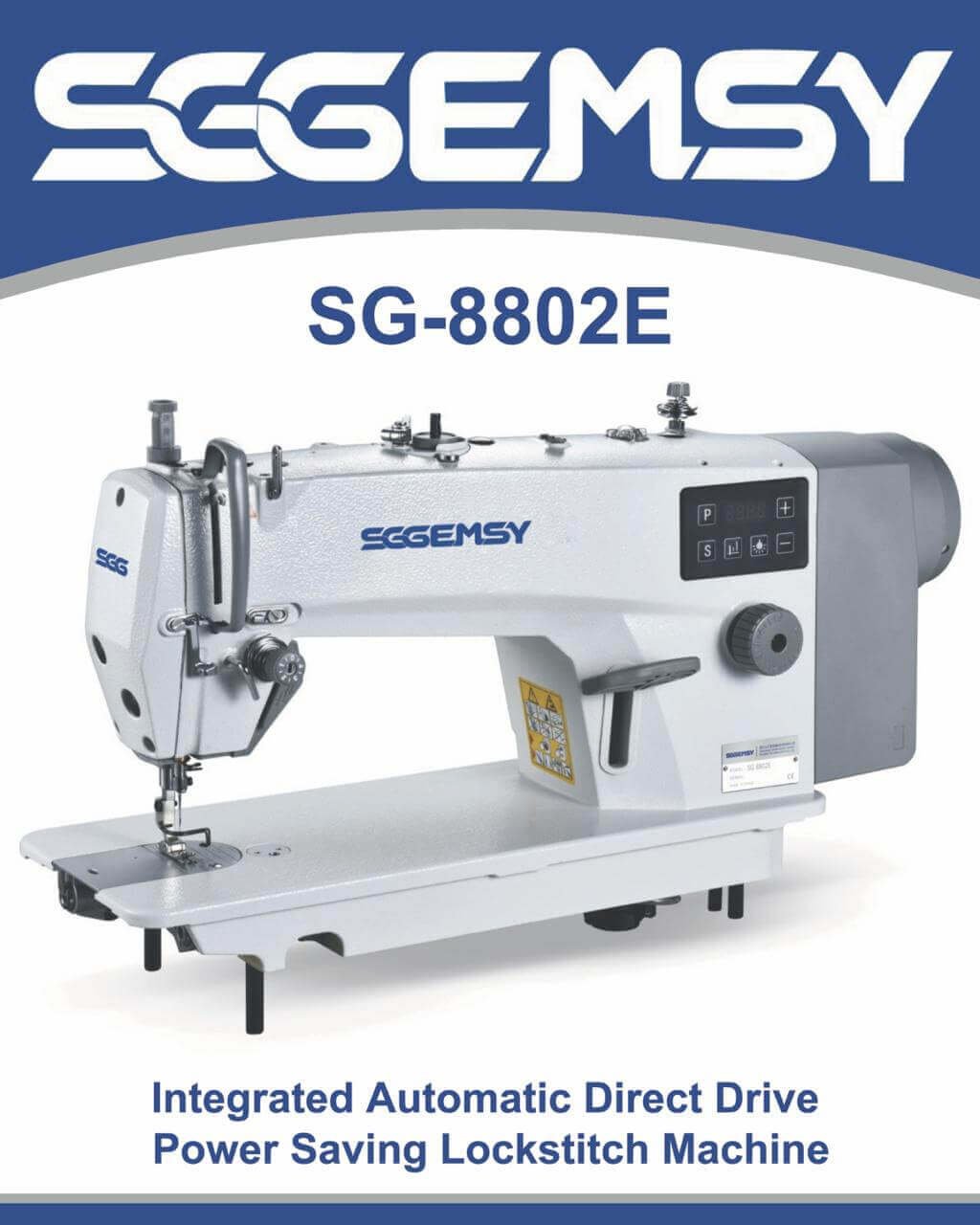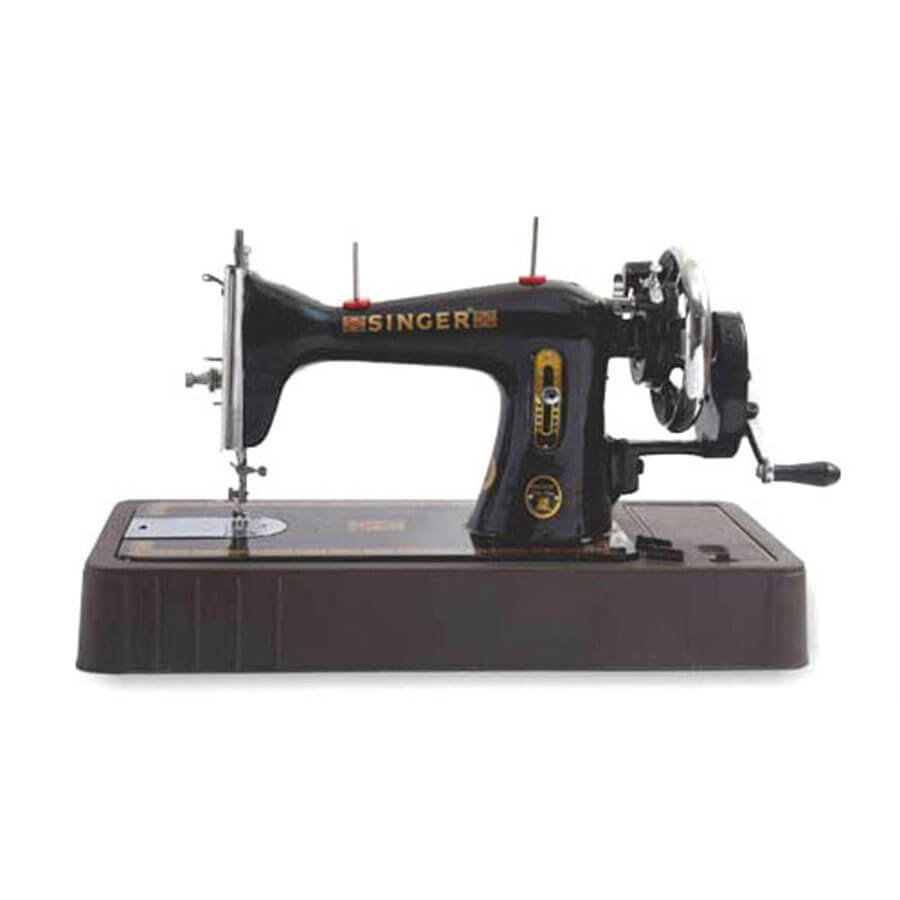GEMSY – SG8802E Industrial Sewing Machine - vssewing machine
Machine embroidery is an embroidery process whereby a sewing machine or embroidery machine is used to create patterns on textiles. In product branding, corporate advertising, and uniform adornment used commercially. Therefore, we use embroidery machine to decorate garments and apparel in the fashion industry.
There
are multiple types of machine embroidery. Free-motion sewing machine
embroidery uses a basic zigzag sewing machine. Designs done manually.
Most commercial embroidery is done with link stitch embroidery. In link
stitch embroidery, patterns may be manually or automatically controlled.
These machines may have multiple heads and threads
Embroidery can be sewn with many types and sizes of
threads depending on the desired finished appearance. Embroidery
threads are commonly made from rayon, polyester, cotton and metallics.
Rayon threads are generally made with a twisted multifilament
construction and have a high sheen. Polyester threads can be made in
three different thread constructions including a twisted multifilament,
air entangled and spun construction. Obviously, cotton threads are
only made in a spun construction. Both spun polyester and spun cotton
thread have a “matte” or low sheen appearance. Rayon and Polyester
filament threads have a high sheen. Polyester is stronger than Rayon
and has superior color fastness and abrasion / chemical resistance.
Metallics are filament threads that have the highest luster and are
formed with a synthetic core wrapped in metal foil. Generally metallic
threads do not sew as well as polyester or rayon threads. The most
common ticket size for rayon or polyester embroidery threads is a No.
40, however other sizes are available. A&E’s Signature polyester
embroidery thread comes in a variety of sizes including a No. 40, 30,
20, 10 and 3004 used for serging appliqués. view details
You're already familiar with embroidery—even if you had never realized it. Simply put, the definition of embroidery is the art of applying decorative designs onto fabric using a needle. These motifs are traditionally rendered in thread and are composed of different kinds of stitches.
Embroidery has been around forever—and that's not an exaggeration. You can also thank the Greek goddess Athena for embroidery's legacy. She's credited with passing it down, in addition to weaving. With such a high-and-mighty figure associated with embroidery, it should come as no surprise that the practice was associated with wealthy people. In medieval England, for instance, professional workshops and guilds produced garments made of fine silks for high society families. But they weren't all for the upper crust; there were folk art movements in eastern Europe, the UK, East Asia, and South America that catered to nonprofessionals.
Much like the aesthetic capabilities of the craft itself, the history of embroidery is varied. It's an ancient craft that first had a practical purpose of repairing clothing. Because garments were so expensive to produce, items of clothing were rarely thrown out; they were mended instead. Over time, this practicality evolved into more of an expression through decorative arts. Here, we trace its evolution by exploring many of the cultures that have shaped it.
In 1964, archaeologists excavated the fossilized remains of a hunter clad in embroidered garments in Sungir, a late Paleolithic burial site in Russia. The huntsman’s fur clothing and boots were decorated with hand-stitched rows of ivory beads, serving as the oldest known evidence of the craft.


No comments:
Post a Comment